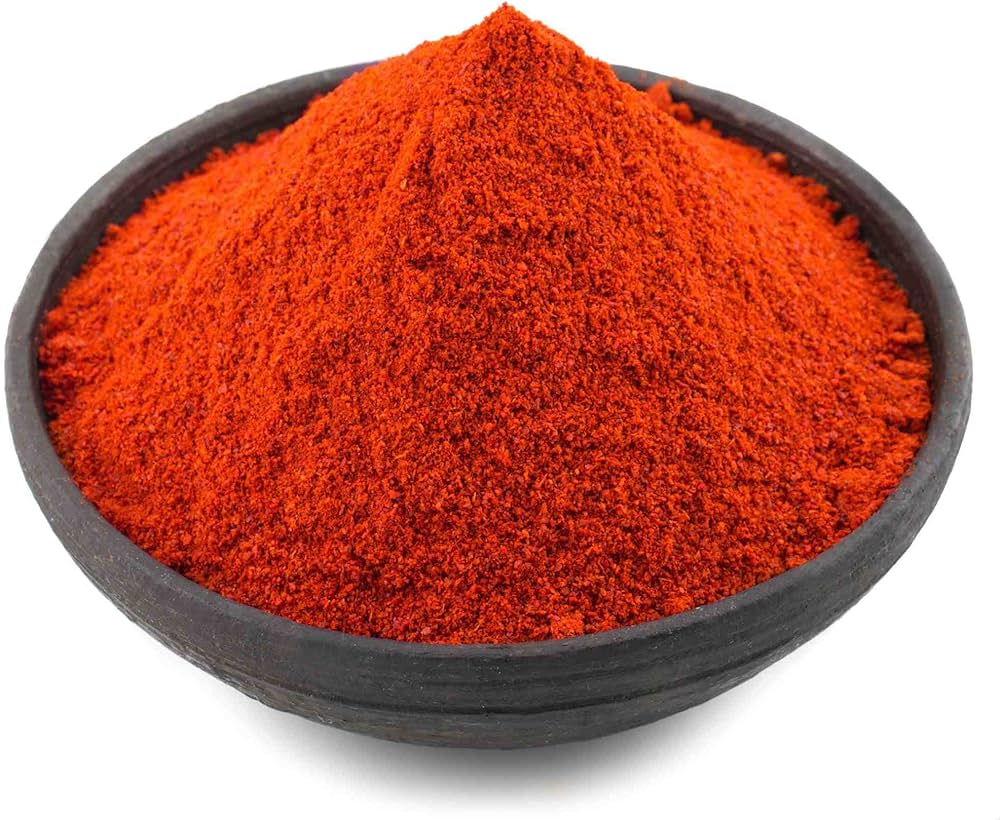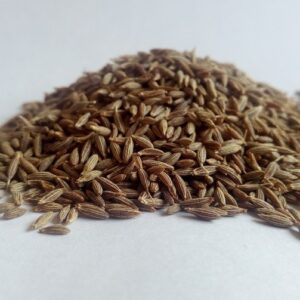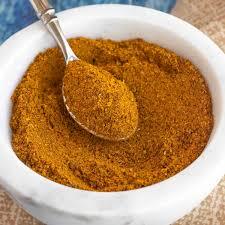Description
Common Names:
- Chili Pepper
- Hot Pepper
- Capsicum
- Red Pepper
- Cayenne Pepper (specific types of chili)
Forms:
- Fresh: Whole, raw peppers used in cooking and as a garnish.
- Dried: Whole dried peppers or ground into powder (chili powder).
- Crushed: Dried peppers crushed into flakes (chili flakes).
- Powdered: Ground dried peppers used as a spice.
- Extracts: Concentrated forms used in culinary and medicinal applications.
Origin:
- Native Region: Native to Central and South America.
- Cultivation: Grown worldwide in tropical, subtropical, and temperate regions.
Nutritional and Chemical Composition:
- Active Compounds: Contains capsaicin, the compound responsible for its heat and pungency. Also rich in vitamins A, C, E, and various antioxidants.
Health Benefits:
- Metabolism Boost: Capsaicin can increase metabolic rate, which may aid in weight management and fat burning.
- Pain Relief: Capsaicin has been used topically to relieve pain and discomfort, such as muscle and joint pain.
- Digestive Health: Stimulates digestion and can help alleviate symptoms of indigestion and gastric issues.
- Antioxidant Properties: Rich in antioxidants that help protect cells from oxidative stress and support overall health.
- Cardiovascular Health: May support cardiovascular health by improving circulation and reducing blood pressure.
Uses:
- Culinary Uses: Used in various cuisines to add heat and flavor to dishes such as salsas, curries, sauces, and soups.
- Medicinal Uses: Capsaicin is used in topical creams and ointments for pain relief and is also being studied for its potential therapeutic effects.
- Preservation: Dried and ground forms are used as a preservative in some culinary applications.







